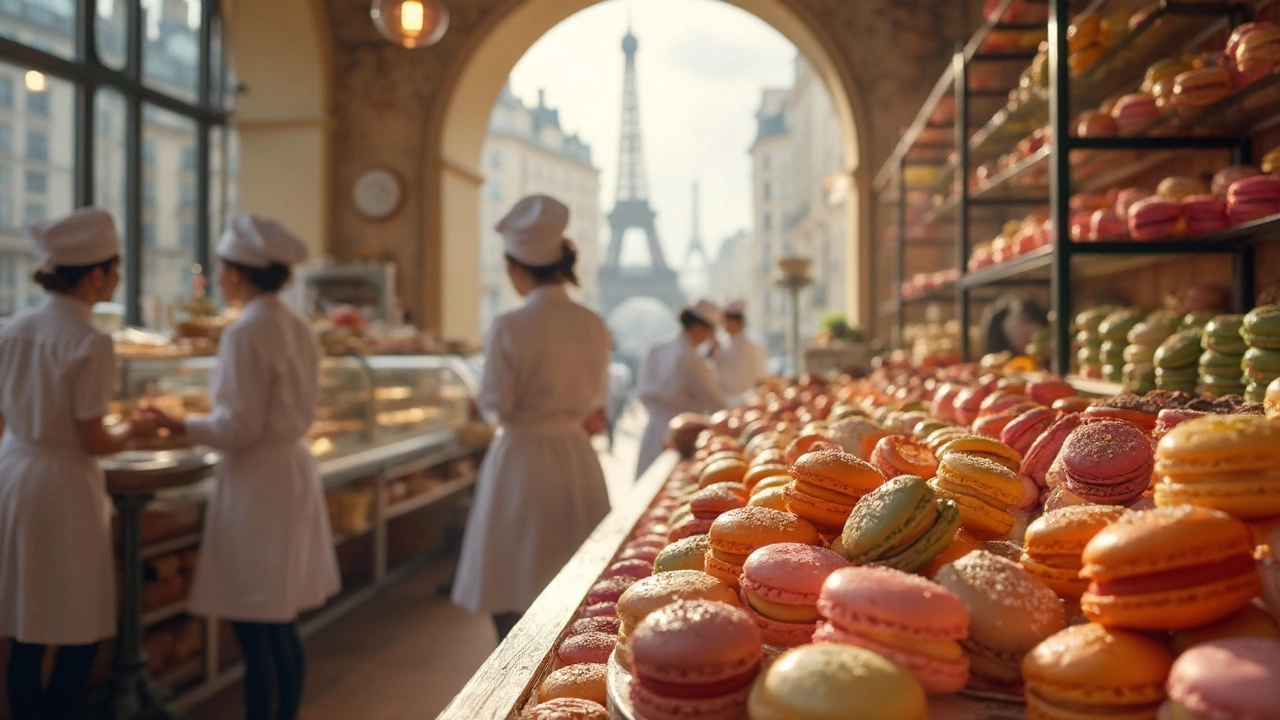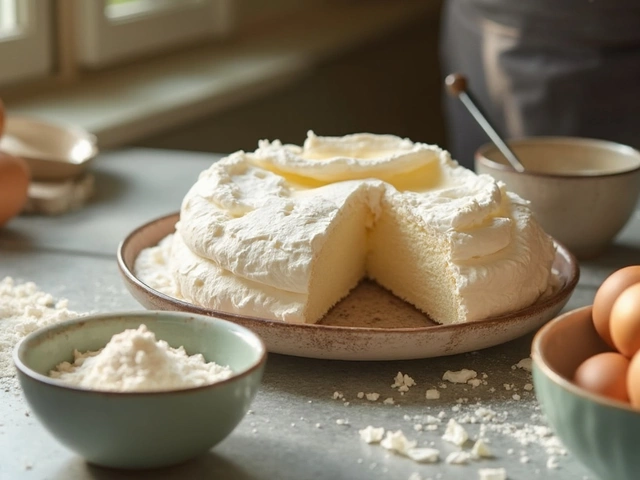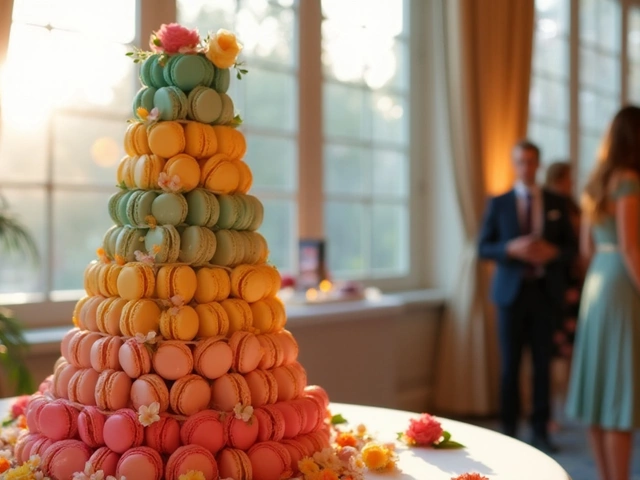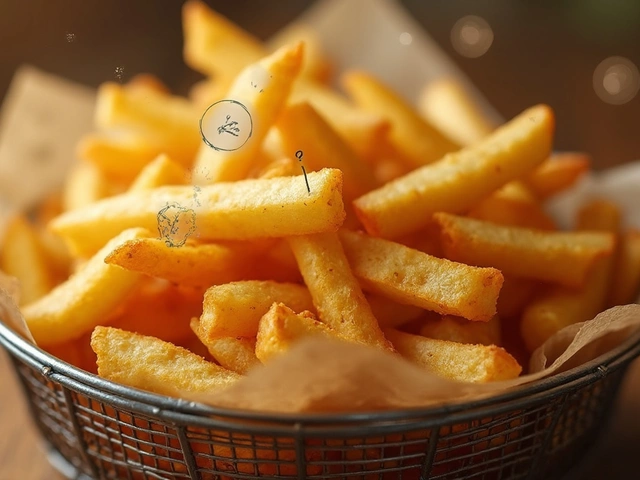Paris Food: Sweet Guides, Prices & Tips for Desserts
If you’ve ever dreamed of strolling through Paris and tasting its famous sweets, you’re in the right spot. We’ve pulled together the most helpful facts about macarons, tiramisu, fudge, and more, so you can enjoy Parisian flavours without the guesswork.
Macarons in Paris – What to Expect
Macarons are a must‑try, but the price can surprise you. In a typical Paris patisserie, a single macaron costs between €1.80 and €3.00, depending on the shop’s reputation and the flavour. Boutique stores near the Champs‑Élysées often charge a premium, while neighbourhood bakeries in the Marais may offer a better deal.
To save money, look for bulk boxes of six or twelve – most places give a small discount. Also, avoid tourist hotspots at peak times; a quick morning visit can net you fresher shells and lower prices.
Tiramisu, Fudge & Other Desserts
Even though tiramisu is Italian, it’s a Paris favourite. The name means “pick me up” in Italian, a nod to its coffee‑and‑cocoa kick. When you order it in a Paris café, expect a creamy mascarpone base, a soft ladyfinger layer, and a dusting of cocoa on top.
If you want to make tiramisu at home, remember that the dessert freezes well. Wrap it tightly and store for up to two months; just let it thaw in the fridge a few hours before serving.
Fudge lovers, listen up – hitting the exact soft‑ball stage (around 235‑240°F) makes all the difference. Use a candy thermometer, and if you’re at altitude, add a couple of degrees. Boil too long and you’ll end up with a rock‑hard block; boil too short and it stays grainy.
Our quick fudge guide gives you a step‑by‑step: melt chocolate, stir in butter and sugar, bring to the soft‑ball stage, then pour into a pan and let cool. The result is silky, not grainy, every time.
Gluten‑free bakers often complain about sunken cakes. The culprit is usually too much leavening or insufficient moisture. Swap regular flour for a blend of rice, potato, and tapioca starch, and add a tablespoon of apple sauce or yogurt to keep the crumb light.
Eggless cheesecake is another popular request. Eggs help set the texture, so if you skip them, use a mix of cornstarch and lemon juice to firm up the filling. The result is still rich and smooth.
Birthday parties don’t have to revolve around a traditional cake. Think dessert bars, mini tarts, or even a big batch of brownies. These alternatives are easier to transport and can be customized to any theme.
When planning a wedding cake for 50 guests, a two‑tier 9‑inch round usually does the trick. It yields about 50–60 slices, leaving room for extra servings if needed.
Cookie lovers often wonder why some cookies puff up while others stay flat. The secret lies in the balance of butter, sugar, and leavening. Cream butter and sugar well, then add a pinch of baking powder for a nice rise.
Finally, if you’re curious about vegan treats, not all tahini is vegan. Some brands add trace amounts of animal‑derived processing aids. Always read the label if you’re strict about plant‑based foods.
Whether you’re planning a trip to Paris or just want to bring a bit of French flavor into your kitchen, these practical tips keep you confident. No fancy jargon, just clear steps that work every time. Happy tasting!

Macarons in Paris: What You Just Can’t Miss
Craving something special in Paris? This article gives you the lowdown on why macarons should jump to the top of your Paris food checklist. Find out what makes these little treats famous, where to score the best ones, and tips to pick flavors like a local. We’ll dig into the history, the baking secrets, and what makes a Parisian macaron so different. If you think all macarons are the same, get ready to be surprised.
View More




